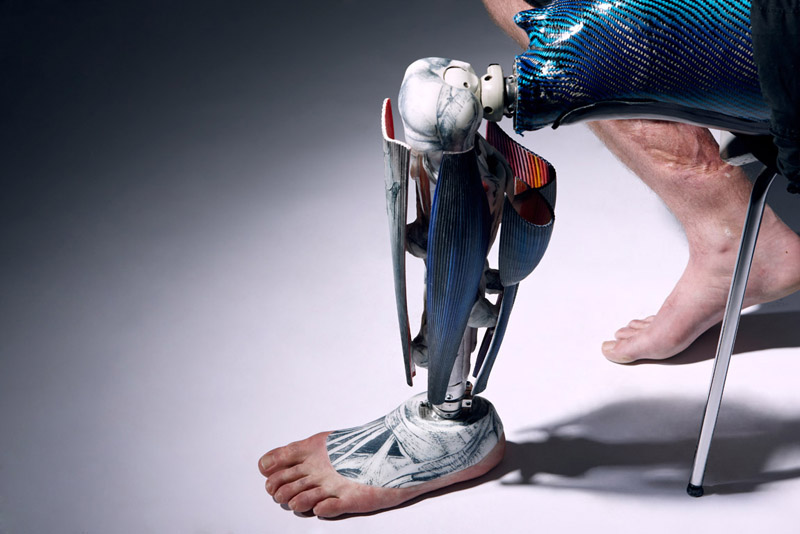Medical technology has increased
in leaps and bounds over the past century. For instance, from the turn of the century in
1900 to 1965, average life expectancy in the United States had increased by 23
years (www.valueofinnovation.org). This increase in life expectancy is driven
by a reduction in infant mortality due to medical advances. Another giant leap
has occurred in modern prosthetics.
Similar
to plastic surgery, prosthetics have been used to augment human mobility and
appearance since the Ancient Egyptians. The oldest known prosthetic was
recovered from an Egyptian tomb and appeared to be an artificial toe used to
aid the wearer’s walking (Coughlan, S.).
Figure 1: Mummified prosthetic toe. [Source www.BBC.com]
The advances in medical
technology have allowed modern prosthetics to seamlessly interact with their user’s
body. The major difference between modern prosthetics and those in developed in
the past is the prevalence of newer materials like plastics and carbon fiber
(Clements, I.). Modern prosthetic structures have even become a form of
self expression as well as utility. Through the use of 3D printing, prosthetic
limbs have become a work of art.
Figure 2: Modern materials provide new avenues for prosthetic
expression. [Source: www.wired.com]
Studies
have even been conducted regarding amputees and self-image. A recent study
resulted in a correlation between an amputee’s perception of their body image
and their psychological well-being (Breakey, J.). With this study in mind, the
field of medical technology becomes ever more important to those it serves.
Significant effort has been made in order to develop a wow factor in order to
make amputees more proud of their body.
Figure 3: Intricately designed prosthesis provide an
interesting artistic value to the wearer. [Source:
www.thealternativelimbproject.com]
The
future of prosthetic technology appears promising. Current efforts are being
made to produce what are known as “i-limbs”, which are the next generation of
prosthetics. Lighter weight and more responsive to muscular impulses and
inputs, i-limbs also strive to be more affordable (Brumfield, G.). Through more
technological advancement, prosthetics will continue to mimic the human body in
appearance and functionality.
Works Cited:
Breakey, James. "Body Image: The Lower Limb
Amputee." Journal of Prosthetics and Orthotics 9.2 (1997). American
Academy of Prosthetics and Orthotics. Web. 26 Apr. 2015.
<http://journals.lww.com/jpojournal/Abstract/1997/00920/Body_Image__The_Lower_Limb_Amputee.5.aspx>.
Brumfiel, Geoff. "The Insane and Exciting Future of the
Bionic Body." Smithsonian 1 Sept. 2013. Print.
Clements, Isaac. "How Prosthetic Limbs Work." How
Stuff Works. InfoSpace LLC. Web. 26 Apr. 2015.
<http://science.howstuffworks.com/prosthetic-limb2.htm>.
Coughlan, Sean. "Oldest Prosthetic Helped Egyptian Mummy
to Walk." BBC 2 Oct. 2012. Web. 26 Apr. 2015.
<http://www.bbc.com/news/education-19802539>.
"Power of Medical Innovation." Valueofinnovation.org. Web. 26 Apr. 2015.
<http://valueofinnovation.org/power-of-innovation/>.










